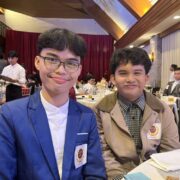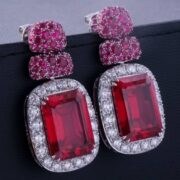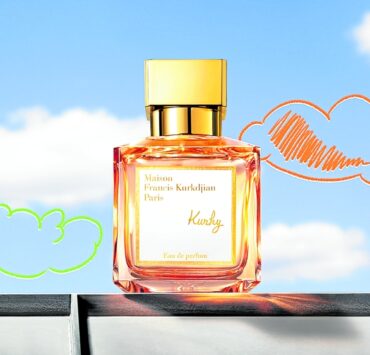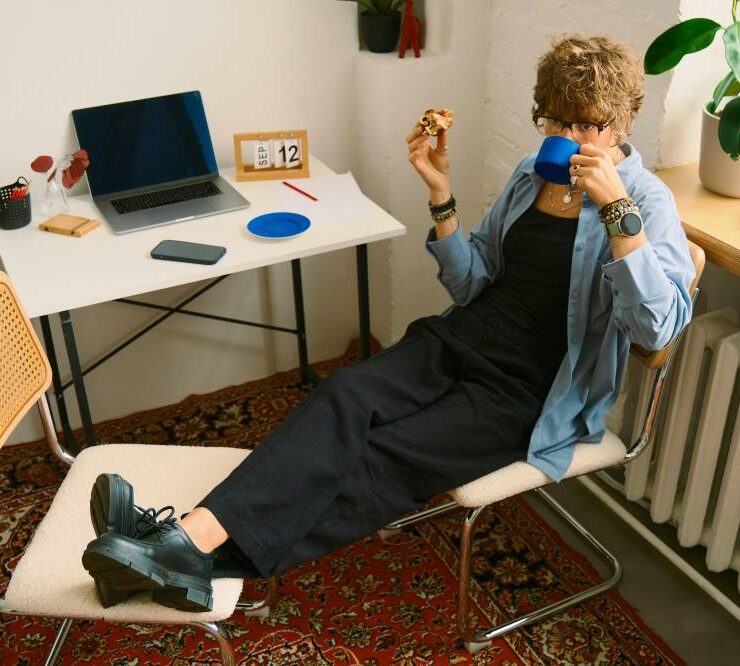Shoe designers put best foot forward

Marikina, the Philippines’ shoe capital, recently showcased extraordinary creativity at the Filipino Footwear Design Competition (FFDC) Year 10.
This year’s event, a collaboration between FFDC, the Department of Trade and Industry (DTI), and the Department of Science and Technology’s Philippine Textile Research Institute (DOST-PTRI), highlighted Filipino identity, personal narratives, and indigenous materials, some developed by DOST-PTRI. A panel of 15 industry leaders judged the entries. The winners will represent the Philippines at the 14th International Footwear Design Competition in Guangzhou, China, on May 15.
Mia Santos, FFDC chair and a shoe manufacturer, cited the Philippines’ consistent international success in footwear design, often outperforming European and American counterparts. Joey Enriquez, founder of Figlia and the sole judge from the footwear industry, was impressed by the exceptional detail and imagination of the winning designs.
“Despite my extensive experience attending international shoe fairs and competitions, I’ve never encountered anything quite like it,” Enriquez said. “Their designs were deeply rooted in their personal stories.”
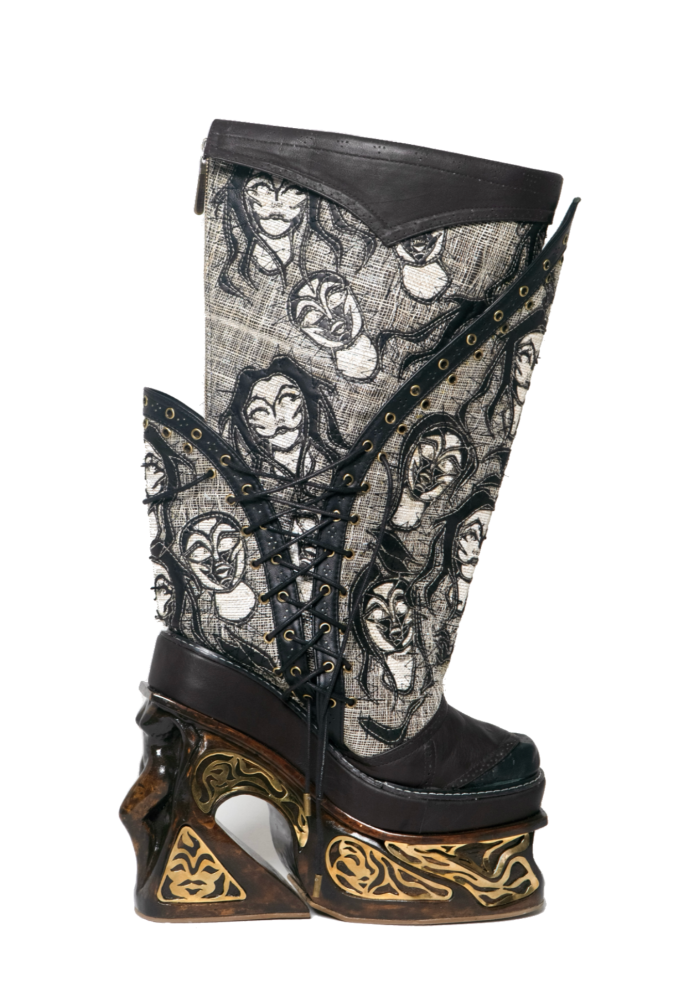
Fred Leysa’s “Aklab”: LGBTQIA+ pride
Fashion and merchandising educator Fred Leysa’s grand prize-winning footwear, “Aklab,” or “bakla” (Tagalog for gay) spelled backward, powerfully expresses LGBTQIA+ pride. This striking boot features a seven-inch platform that could be worn comfortably for hours, with one boot nestled inside another. The design presents painstaking details and a collaboration with Bicol artisans who created the sinamay (woven abaca) base.
Leysa intricately embroidered this base with faces representing the LGBTQIA+ community, using laser-cut leather from Marikina. Adding artistic depth, the heels are miniature nude torsos carved in Paete, Laguna, while custom-designed carved brass plates by jewelry designer Grace Mjoirian, featuring abstract faces, embellish the platforms.
“The faces symbolize the various masks we wear to conform and survive in society while striving to live authentically,” Leysa explained. The footwear prioritizes natural materials, including foam padding and a smooth leather lining for comfort.
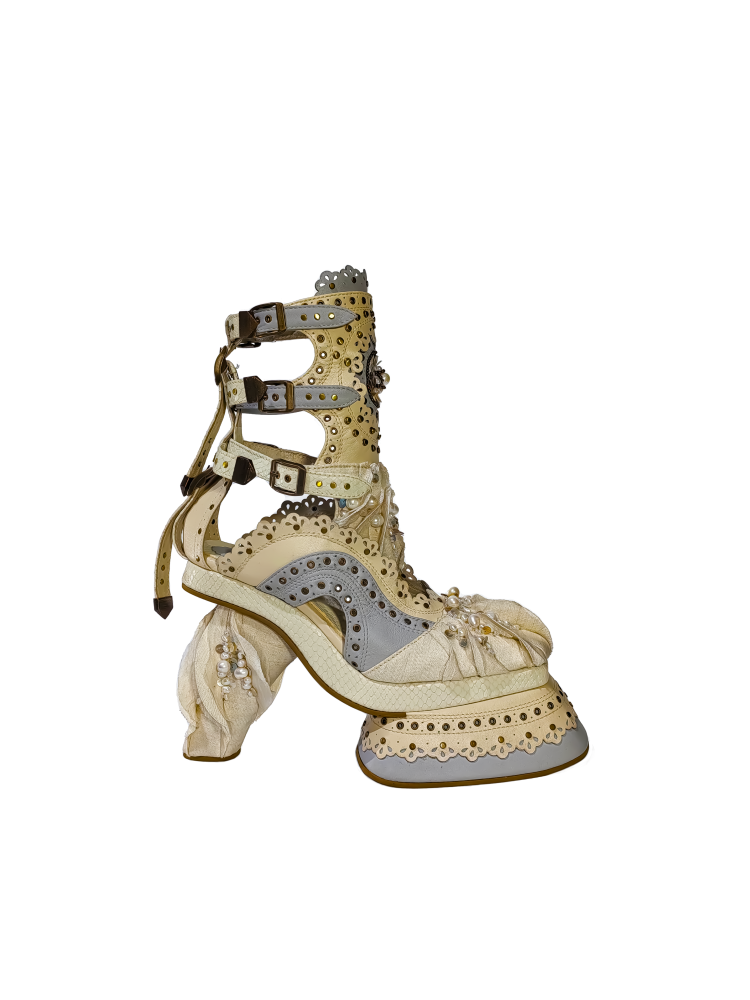
Jeremiah Castro’s “La Reina dela Oriente”: Women’s rights
Freelance footwear designer Jeremiah Castro’s “La Reina dela Oriente” (The Queen of the Orient), which won Best Execution, pays homage to Pura Villanueva Kalaw, the Philippines’ first Carnival Queen and a pioneer for women’s suffrage in 1906. “I want to remind Filipinos that every vote counts,” Castro said.
The design embodies Kalaw’s courage and resilience. Enriquez noted the intriguing contrast between traditionally masculine gladiator straps and grommets and delicate, feminine doily patterns cut on leather provided by the Philippine Leather Federation, Inc.
Kalaw’s gentle spirit is represented by wisps of piña seda (pineapple and silk blend by PTRI), cascading pearls, and floral embellishments on the boot’s shaft. Castro skillfully combines diverse textures, including supple sheep leather, stamped cowhide mimicking snakeskin, and durable Sahara pigskin. The footbed is contoured for a snug fit.
“The gladiator straps offer security, allowing the wearer to even run in these platform shoes,” Enriquez said.
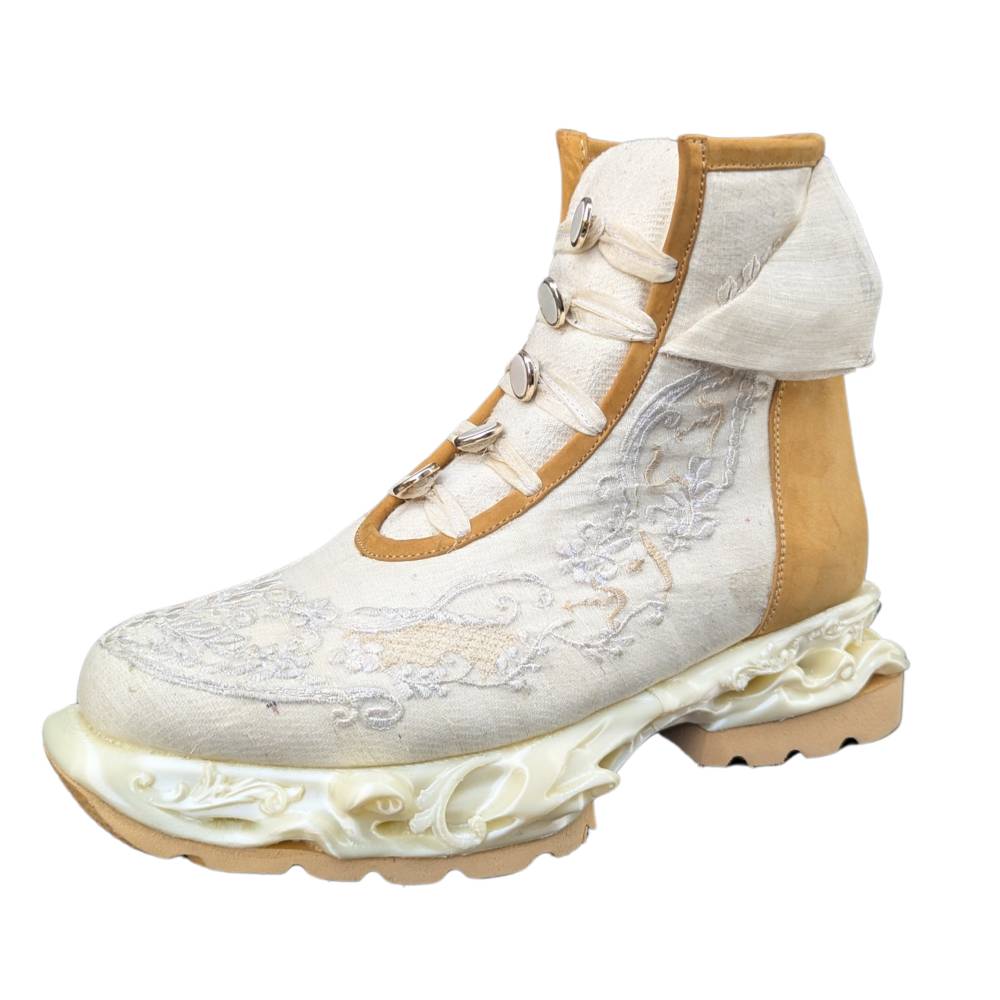
Hazel Roldan’s “Piñahon”: Modern twist on the ‘barong’
Entrepreneur Hazel Roldan, known for her sustainable And Again Clothing line, presented “Piñahon,” an androgynous ankle boot inspired by the barong Tagalog. Its name merges piña (pineapple) and panahon (era), referencing the garment’s historical evolution. The boot’s upper elegantly mirrors the barong design, with the piña embroidered with traditional arabesque and nature patterns in Marikina, and gold-rimmed capiz buttons. The delicate fabric is layered over a banana and cotton blend by PTRI. It won the DOST-PTRI Choice Award and the Best Men’s Design.
A hidden message in baybayin, the ancient Philippine alphabet, and five petals of the sampaguita, lend history. The innovative use of 3D-printed tendril patterns, reminiscent of the barong’s intricate details, on the ethylene vinyl acetate (EVA) sole sets “Piñahon” apart. Committed to sustainability, the boot is lined with fabric scraps.
Roldan mentioned a groom’s interest in commissioning a pair for his wedding. Enriquez noted the design’s versatility, suggesting the patterns could be adapted for a more feminine, bridal aesthetic.

Ely Rose Edullan’s “Aranya”: Celebration of Pahiyas
Ely Rose Edullan, founder of Ely-Knows Enterprises, typically creates practical footwear. However, her Enterprise Category Winner, “Aranya” (forest), embraces maximalism, drawing inspiration from the vibrant Pahiyas festival. It is basically a high-heeled sandal with crisscross straps on the upper with various native fabrics scrunched around the heels.
The showstopper is the three rows of detachable, dyed heart-shaped décor inspired by the kiping (glutinous rice wafer leaves), strapped around the calves. These kiping-inspired straps are made from inabel (Ilocano weave), Cordillera weaves, and other regional textiles.
Each color-coded row holds symbolism: green for the farmers’ sacrifice, yellow for gratitude and faith, and pink for love and connection. The diverse weaves represent the spirit of bayanihan (communal unity).
Enriquez described Aranya as “The Transformer Shoe. Even in its basic form, it’s a wearable design with strong commercial appeal. Then, you have the option to add the straps to match your mood whether you prefer a subtle touch or a full-on statement.”
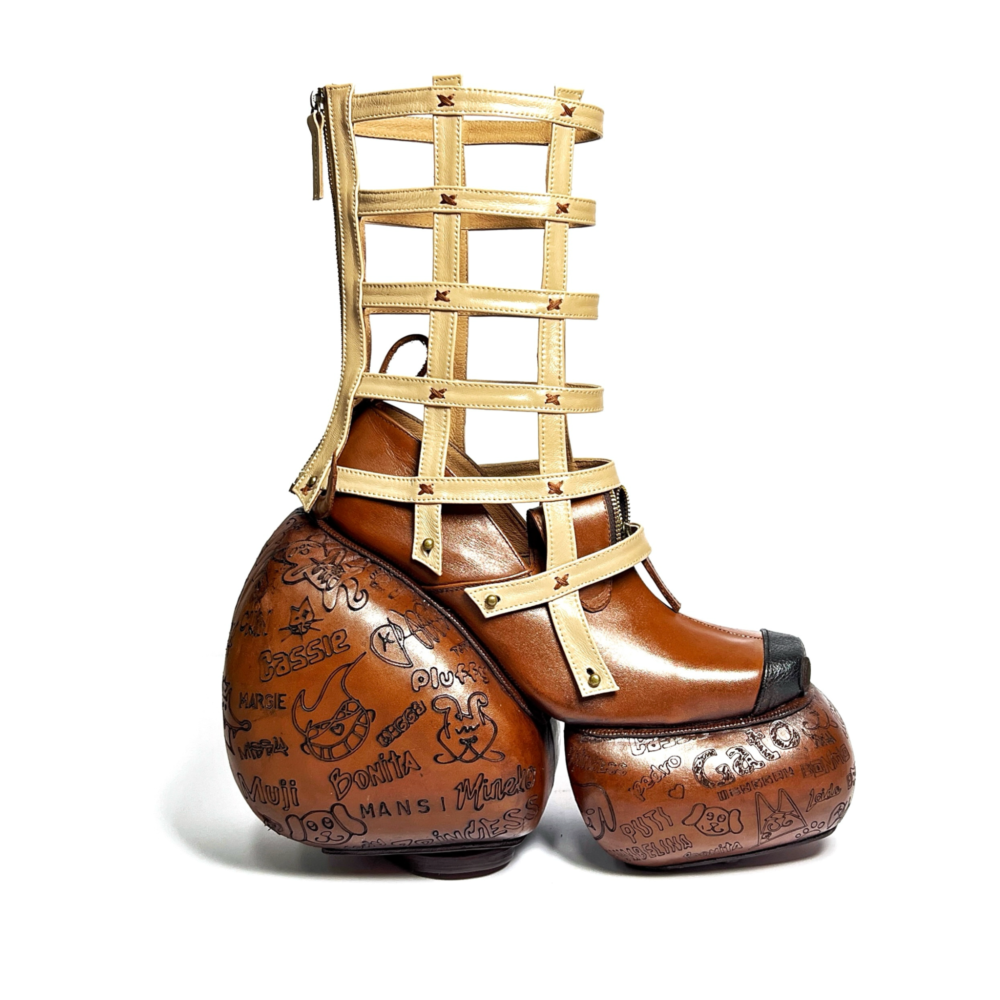
Bon Marter “Perro”: Tribute to rescued dogs
Product designer Bon Marter’s “Perro,” Spanish for dog, is a heartfelt tribute to rescued dogs, stemming from his personal experience rescuing strays. “I wanted to highlight their lives within animal pounds, where they are often confined behind bars,” he explained.
Winner of Best Story Execution, this rich brown leather shoe features a detachable, strappy shaft adorned with grommets, symbolizing a dog pound cage. Removing the shaft transforms the design, representing freedom. Ingeniously, twin-folded shoe tongues, held by concealed magnets, mimic the gentle droop of dog ears. The substantial six-inch rounded heel combines wood and EVA plastic, elegantly covered in leather.
Both heels and platforms are inscribed with the names and miniature portraits of rescued dogs. The black leather toe cap forms the shoe’s “nose,” and a leash can be attached to strategically placed hooks. Spikes and studs, reminiscent of dog collars, embellish the shoe.
Marter used various types of leather for each part of the shoe and enhanced the insole with plush latex foam for superior comfort.
Enriquez praised the shoe’s artistic merit: “The design masterfully plays with proportion, resulting in a sculptural effect. I could easily envision displaying this in my home as a piece of art.”












